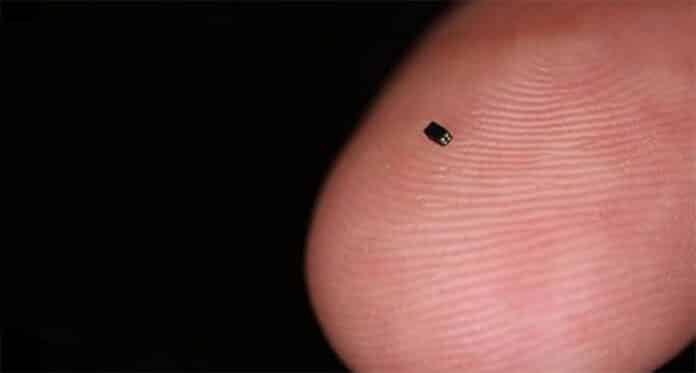OmniVision wins Guinness World Record for image sensor
OmniVision Technologies, Inc., a leading developer of advanced digital imaging solutions, made it into Guinness Books of Records for “The Smallest Image Sensor Commercially Available” with dimensions of 0.575mm x 0.575mm.
Dubbed as OmniVision OV6948, the specialist medical camera is the size of a grain of sand, which provides high-quality images from the smallest parts of the human body. The company has developed these innovative medical imagers to address the many challenges posed by reusable medical imaging equipment, including cross-contamination risks and inefficiencies due to high maintenance costs.
“At Yole Développement (Yole), we expect disposable endoscope shipments to grow at a 35.9% CAGR over the next five years (1),” claimed Marjorie Villien, PhD., technology and market analyst, medical and industrial imaging. “This industry is today driven by the recent recommendation from the US Food and Drug Administration (FDA) related to the cross-contamination issues due to improper cleaning of the endoscopes. In this context, all major endoscope OEMs are developing cost-effective, small-diameter disposable endoscopes with high image quality.”
OmniVision OV6948 is a fully packaged, wafer-level camera module that measures just 0.65mm x 0.65mm with a z-height of 1.158mm. It is capable of producing 40,000-pixel color images with its RGB Bayer back-side-illuminating chip. Each photosite measures just 1.75 µm across.
The camera module has a 4-pin interface for simplified integration and a large 120-degree field of reading associated with an extended focus that varies from 3mm to 30mm. Its image array is capable of capturing 200×200 resolution images, videos at up to 30FPS (frames per second), and an analog output that can transmit over 4 meters with minimal noise.
Further, the size of the camera and its low power consumption of 25 mW not only generates less heat for better patient comfort but also allows surgeons to take their time instead of rushing through a procedure.
The new complete module can be integrated into a catheter or endoscope with a diameter as small as 1mm. With this camera’s 200×200, or 40 KPixel backside-illuminated resolution, high-quality images can be captured from within the body’s narrowest blood vessels. OmniVision OV6948 will be super-useful in areas like neurology, ophthalmology, ENT, cardiology, spinal injuries, urology, gynecology, and arthroscopy.
“Previously, procedures in the body’s smallest anatomy were performed either blind or using low-quality images from fiberscopes, as existing cameras were too big and reusable endoscopes were not cost-effective,” said Aaron Chiang, marketing director at OmniVision.
“The OVM6948 wafer-level camera module offers a compact, high-quality solution for disposable guidewires, catheters, and endoscopes, which are experiencing growing demand because of their ability to reduce cross-contamination risks, downtime inefficiencies and costs associated with the repairs, preprocedural testing and sterilization of reusable endoscopes. In addition, these compact disposable medical devices can improve patient comfort and shorten recovery time.”
The OVM6948 is available now for volume production in the tray format, along with an evaluation kit.

